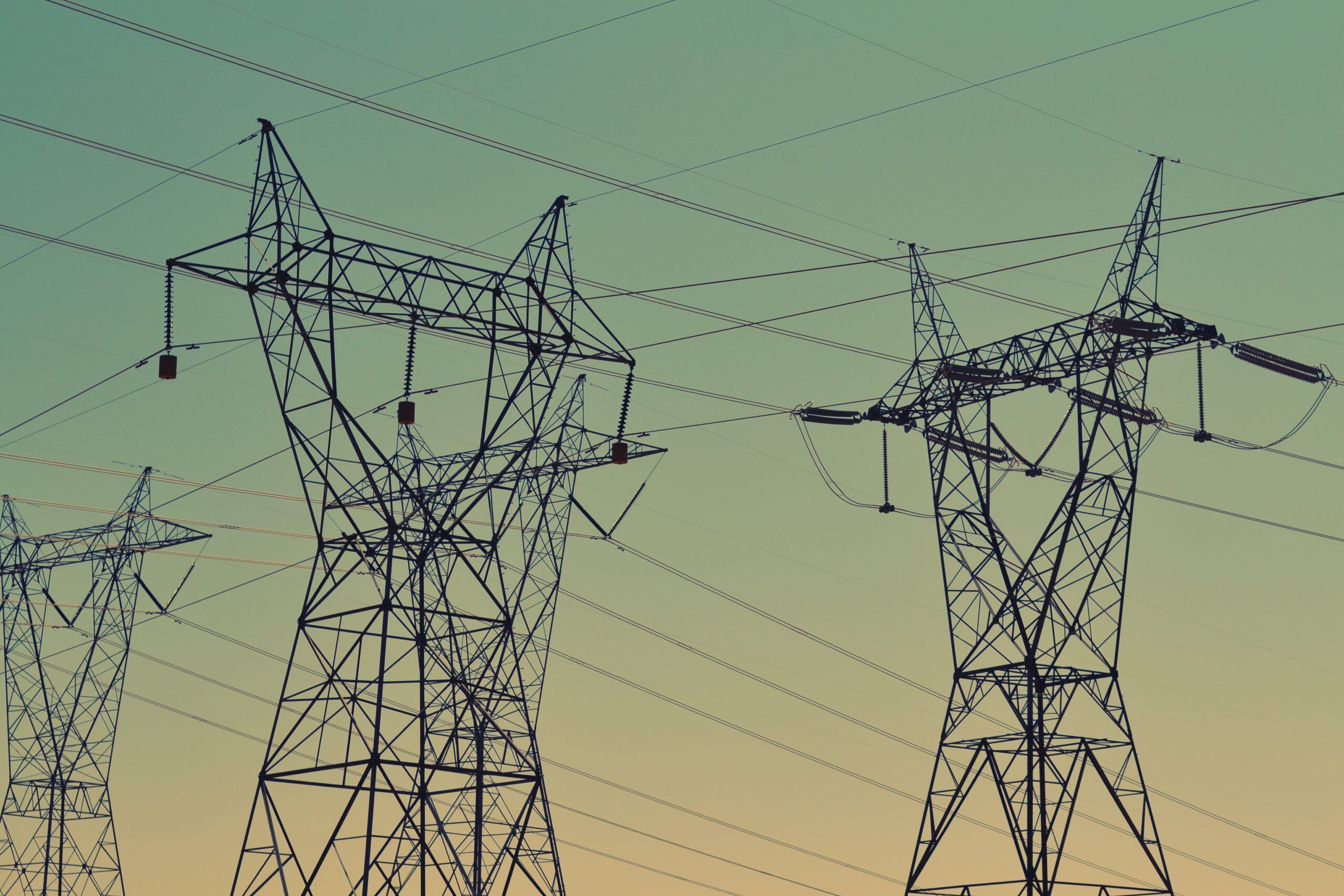Photo by Fré Sonneveld on Unsplash
Goal: Reduce energy waste and/or consumption to help protect Electric grids
Background: South Africa has what is known as load shedding. During peak demand, electrical demand can increase to about 10-20% as households start to cook and businesses close for the day. And our National grid can not keep up, leading to rolling blackouts.
Most, if not all, households do not understand the principle that energy can not be destroyed or created. The result is that they believe to some degree that turning off a geyser, for example, would mean that they now would use more power than if they just let it be.
By using IoT and enabling consumers to switch off their geysers during peak hours which generally coincide with sun-set and sun-rise patterns taking the time of day into account, we should be able to reduce peak demand, be it at the office where a geyser was used to clean dishes right before everyone went home. Or Someone taking a shower ideally should not trigger a geyser to switch on, with-in-comfort for most.
Just like a Kettle not losing its temperature immediately, a geyser being even more efficient, would, in 90% Of cases, provide adequate warm water during the peak hour period.
Furthermore, this would be trivial if the consumer seeks to reduce electrical costs even more with Quality IoT devices connected.
With the likes of IFTTT and the integrations allowed. It is not too far to reach the goal of allowing user-permitted, some non-critical-in-the-moment devices to be turned off should there be a spike in demand for electrical power such as Geysers and swimming pool pumps. All automated and user/individual permitted via a platform app independent from far-reaching long arms.
Peak demand usually only lasts about 2-3 hours, and it is during this time that more costly power generation is utilised; usually fossil fuel related, and we don’t need geysers that are hot to be on during this time.
Sadly, a split bill approach where you pay based on your selected provider is not a reality for many.
If the system allows users to, without getting up, turn something on or off physically, they would be more eager and willing to participate in peak-demand-reduction.

Leave a Reply
You must be logged in to post a comment.